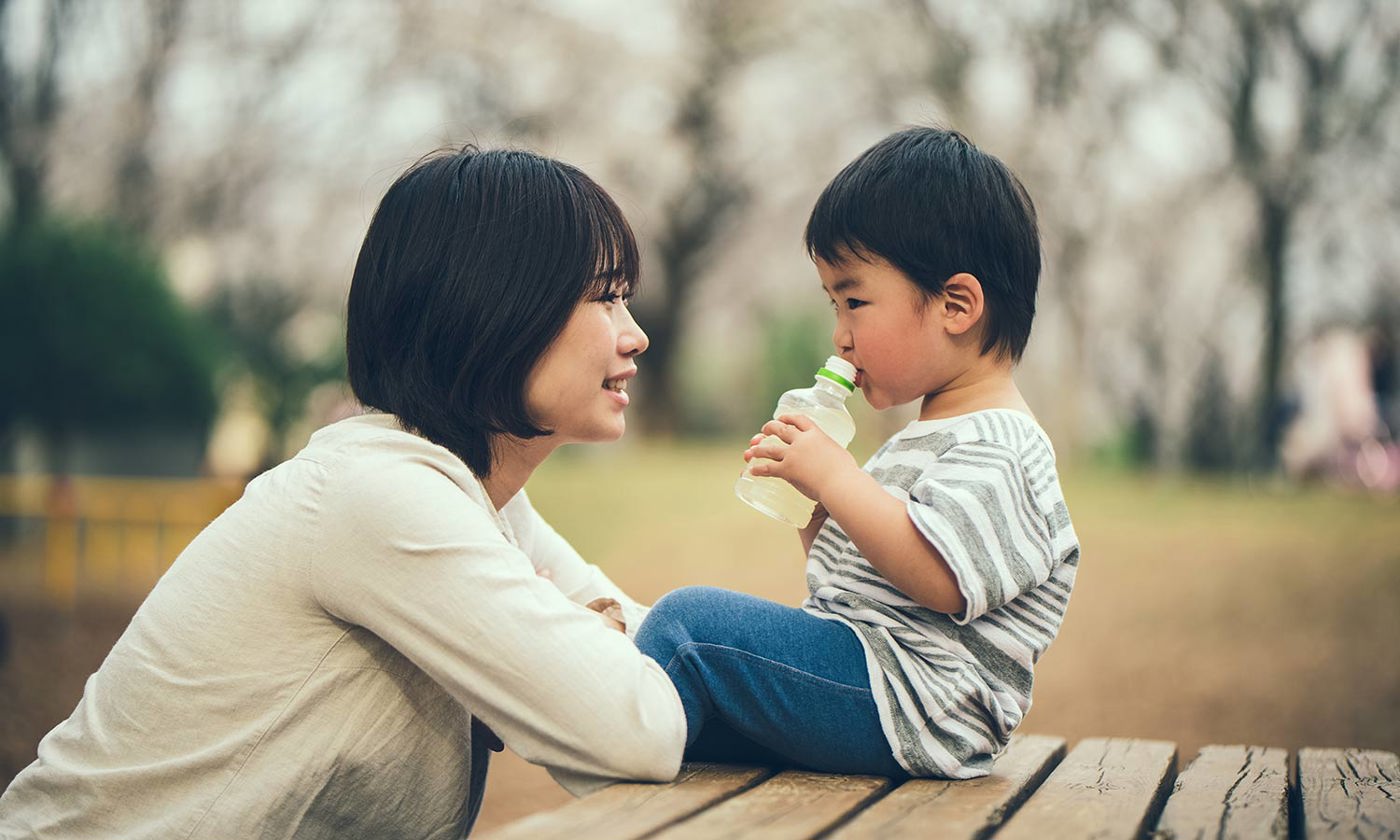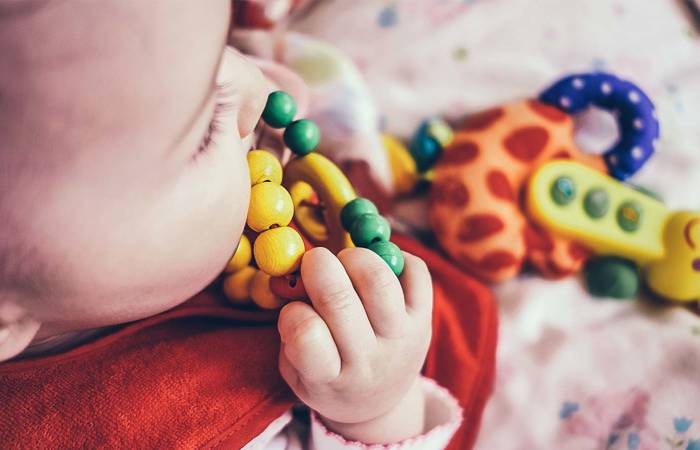Like what you see?
Sign up to receive more free parenting advice.
Thank you for subscribing to our newsletter!
Early Learning

Credit: iStock.com/monzenmachi
Language is more than just words.
It’s identity.
It’s culture.
It’s who we are.
For families who speak a language other than English at home, embracing their home language can have many positive outcomes for their children.
“If a family has more than one language, we don’t tell them to ignore their first language in an effort for their child to learn English as that is not in line with the latest research,” says Tiffany Noble, National Manager, Speech Pathology at Goodstart Early Learning.
Research now strongly promotes parents and educators to embrace a child’s home language.
“Language is so closely connected to a child’s and family’s identity, culture and sense of belonging,” says Tiffany.
“It is really important that, as early learning professionals, we see languages other than English as an incredible learning opportunity and look at ways to incorporate it across the curriculum in a variety of experiences to respect and celebrate diversity – a key principle of the Early Years Learning Framework (EYLF).
"There are developmental and social benefits to learning a second language from early childhood."
People with more than one language are really skilled on focusing on tasks and filtering information.Tiffany Noble
Stay up to date with the latest news and articles from First Five Years
Thank you for subscribing to our newsletter!
Facts about bilingual children
The 2016 Census reports that 21% of Australians speak a language other than English at home.
“When we talk about a person or child being bilingual, we mean they can understand and speak two languages,” says Tiffany.
“If someone is multilingual, they understand and speak more than two languages.
“There are two types of bilingualism.
“The first, simultaneous bilingualism, is when a child learns two languages at the same time, from birth.
“The second, sequential bilingualism, is the learning of a second language after making significant progress in learning the home/first language.
“Often this happens when children have a home language, for example Mandarin, well developed and then commence at an early learning centre which could be their earliest experience in learning English.”
“Some of the common myths about bilingualism are: bilingual children have fewer words than monolingual children, are at risk for literacy and reading difficulties, are confused when speaking more than one language in the early learning environment, have more difficulty understanding social cues and will lose their language skills in their first language once they develop their second language,” says Tiffany.
These myths have been dispelled, instead being replaced by a range of benefits for children speaking two or more languages.
Tiffany says there are many benefits to children being bilingual.
“Their first language contributes to identity and self-esteem which is incredibly important.
“Secondly, maintaining home language ensures a child can understand their emotional connection to their family and community more deeply.
“Thirdly, concept development, problem solving, sentence structure and grammar are really supported through the learning of more than one language.
“And finally, reading skills, learning new words and categorising items are also supported.”
The benefits extend beyond just speaking two languages
Researchers have found that the benefits of learning two languages as a child extend into adulthood.
Tiffany says that there are studies that demonstrate that bilingual children, later in life, “often have more brain activity and brain functioning is also enhanced for adults with two languages.”
“People with more than one language are really skilled on focusing on tasks and filtering information”, she says.
A 2010 study, found that immigrant children who speak both the mainstream language (for example English) and their home language are more likely to graduate from high school compared to immigrant children who didn’t speak their home language.
It also found that bilingual children also develop “close family and cultural connections associated with social and emotional health”.
In another 2010 study, the researchers tested the social and emotional health benefits of bilingual children during the early school years.
The study found, “In addition to having no problems with English in the school environment, bilingual children receive extra benefits from the cultural resources in their families and ethnic communities.
“The ability to understand two cultures intimately is also likely to help children appreciate diversity and get along with peers and teachers.”
The study found that previous research has shown, “being able to speak the parents' language helps to improve the parent-child relationships and immigrant adolescents' self-esteem and mental health.
“Our study extends this line of research, establishing a direct link between bilingualism and behavioural and emotional well-being during the early school years.
“Speaking two languages helps to strengthen the parent-child relationship and children's behavioural and emotional well-being.”
Tiffany adds that having bilingual children in the early learning setting and supporting their language and culture across all learning experiences is beneficial to everyone.
“Learning, understanding and celebrating diversity is incredibly important and learning a different language is one aspect of learning about another’s culture and life experience,” she says.
“It fits with the broader concept of cultural inclusion which is about empowering our children to learn about each other, be mindful and inclusive by nature.
“That will go a long way to maximising and drawing upon the many benefits that multiculturalism brings to a society.”
How to support bilingual children
Parents of bilingual children are now encouraged to speak to their child using the language they are most comfortable with which is often their home language in the home and community environment.
“In terms of supporting children with a second language in the early learning setting, it comes under the general principles and practices within the Early Years Learning Framework Outcome 5: Children as effective communicators,” says Tiffany.
“The best way to support and promote children’s communication development, regardless of their language, is for adults to authentically tune in, be responsive, learn about the child and how they can communicate (e.g. words, gestures, facial expressions) and aim for really engaging back and forth interactions.
“It’s not enough to just label objects and actions within a child’s environment, the secret lies in the back and forth interaction.
“This is critical in enhancing communication development, whether a child is learning one language or more.”
Tiffany says it is important to create a sense of belonging for any child and their family and this is critical to consider and proactively work towards when there are cultural and language differences.
“Authentic partnerships with the family to learn about their culture, language and what is important to them will lead to a better experience for all.
“Partnerships with families and bringing them into the learning experience with their child is the key to success.”







